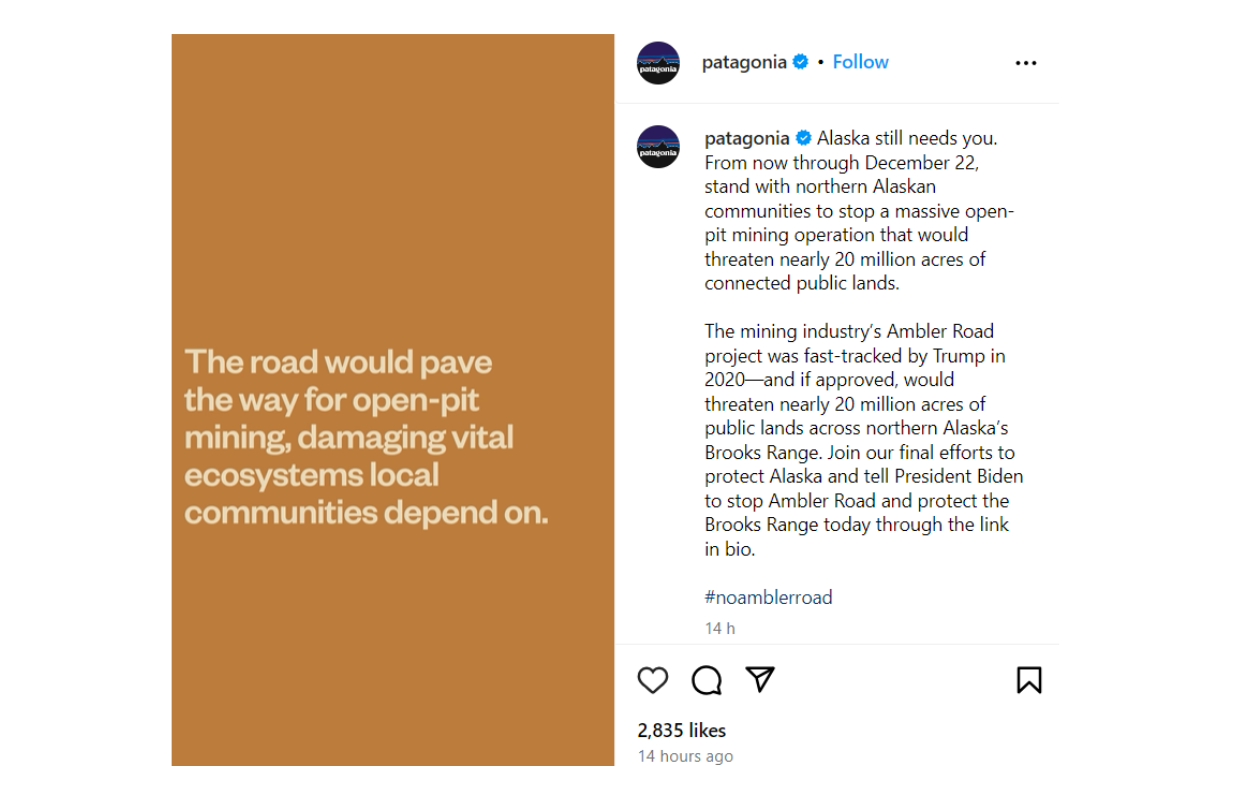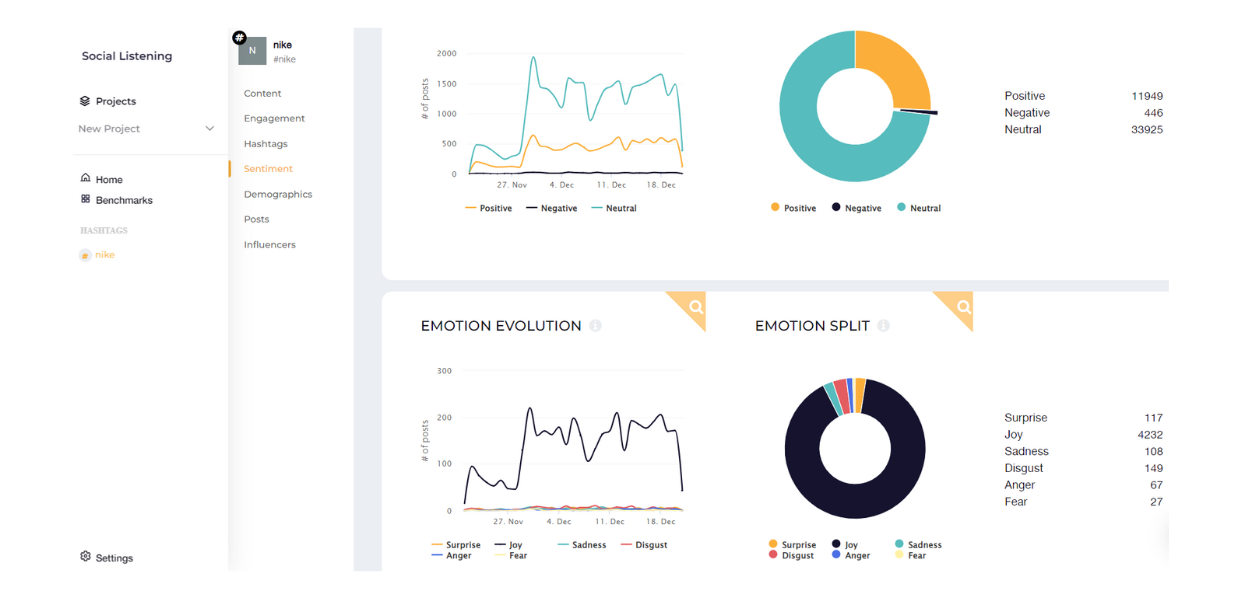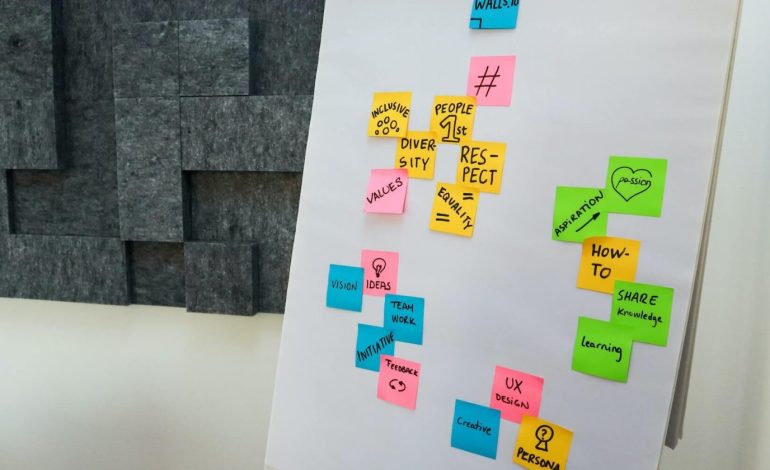What inspires Loyalty in customers? For certain businesses, providing excellent customer service is sufficient to achieve client happiness. But these days, matching customer expectations alone isn’t enough to garner loyalty—many consumers are moving away from typical brands in pursuit of those that better suit their requirements.
Customers need to be compelled to interact with your brand repeatedly in order to become loyal. It takes constant effort to build an emotional bond with clients and make sure that every interaction has been planned with their needs in mind. Here we will discuss some strategies for building enduring client loyalty.
- Brand Loyalty and Customer Loyalty
Both terms describe consumers who choose to purchase products from the same company continuously. However, the factors that motivate them to do so differ. Brand loyalty banks on customer perception. Consumers choose a specific brand over another because they perceive it brings more value than its competitors. This value is brought by an emotional connection, trust, and mission statements that align with the consumer’s values.
Customer loyalty is more rationally driven and incentive-based. Customers continue to purchase products from the same company because it offers better prices than the competition. They can also be kept in the loop via a loyalty program that offers discounts, for instance. Since brand loyalty encourages consumers to connect with a company on a personal level, customer retention is significantly more long-lasting.
In contrast, due to the incentive-based approach, companies that emphasize customer loyalty can notice a drop in their consumer base as soon as they increase prices or competitors come up with better offerings—which is not the case with brand loyalty.
However, there are a few more reasons why brand loyalty is crucial for a company’s marketing strategy.
- Strong emotional connections bring more revenue over time
Consumers who are emotionally connected with a brand have a lifetime value (LTV) that’s a whopping 306% higher than buyers who are simply satisfied with a company’s products or services.
They are also 22.6% more likely to recommend your brand to their friends or family. In other words, emotionally engaged customers are more likely to turn into brand ambassadors and make repeat purchases, bringing you more profit.
- Costumers won’t switch over to the competition
59% of U.S. consumers report that once a brand has earned their loyalty, they’re loyal to it for life. Additionally, 58% of consumers said that it takes multiple “really bad” experiences to leave a brand they’re loyal to.
To put it differently, loyal customers are significantly less likely to migrate to your competitors. They are also more forgiving in terms of negative events, like price hikes, which further mitigates the chances of switching over to your competitors.
- Cost-effectiveness
There’s a 60-70% chance you’ll sell a product to an already existing customer. This probability drops to 5-20% with new customers. That said, maintaining existing customers is significantly less expensive than acquiring new ones.
Since loyal customers are also more likely to recommend your products to their peers and leave positive feedback, they can also play an important role in making your marketing strategies more cost-effective.
Speaking of marketing, social media is an excellent channel for cultivating brand loyalty among your follower base. It offers the space necessary to engage with customers, show off your brand’s personality, and make yourself stand out from your competitors.
6 Ways to Foster Customer Loyalty
Offer enticing loyalty programs
Customers love to save money, and helping them do so is one step toward loyalty. According to Expedia Affiliate Network, 61% of consumers use discounts and coupons. In addition to sales events, be sure to reward your loyal customers with special discounts that are meaningful to them. For example, rather than restricting discounts to certain items, offer discounts on the total purchase. This way, customers will save money no matter what they choose to buy. Make the process of redeeming loyalty points as seamless as possible, such as offering simple redemption codes to use during online purchases. If customers have trouble accessing these benefits, you will only lose them to more reliable competitors.
Make products relevant to customers
Always design your products and services with customers in mind. To better understand customer needs, engage them actively. A shoe retailer might ask for feedback on favorite designs and colors, while a telecommunications company might learn through surveys that monthly subscriptions need to offer better data plans to satisfy customers. If your company makes a continuous effort to adapt and evolve, customers will take notice and support you.
Connect with customers on an emotional level
When advertising your products, be sure to sell the benefits and give customers an emotional reason to buy. For example, an inexpensive phone plan might sound interesting to a customer, but knowing that he can call anywhere in the world and stay connected during his travels is a far more compelling reason to buy. When offering service, customers also need to be treated like individuals. According to Edelman, 80% of consumers say that they are more likely to do business with a company if the service is personalized. Use a conversational approach to humanize each service interaction, and offer solutions that are adapted to the customer’s personal needs.
Focus on the global customer experience
To win customer loyalty, ensure that all departments are working together to offer the best customer experiences. Communicate the brand vision to all employees to ensure that everyone is working toward the same goals.
Different departments should communicate clearly with one another to make sure that customers enjoy a seamless experience. For example, the sales and customer service departments should be closely connected and work together when customers need to be transferred during a service interaction.
Be honest and responsible
Honesty is key to earning loyalty. Customers must feel that your brand is genuine and responsible. Communications should always be clear, whether they entail customer service interactions or information about promotional events. Customers should never question your integrity, and your brand should always deliver on its promises.
If you make a mistake at any time, take responsibility and apologize immediately. Lastly, never forget to treat your employees with the same courtesy. An ethical brand knows how to treat both employees and customers with respect, and happy employees are more likely to promote you with confidence.
Give back to the community
Customers appreciate companies that support charitable causes and find ways to give back to the community. Consider donating portions of your profits to organizations that are meaningful to your brand. Engage in fundraisers and motivate your customers to support you on channels such as social media.
Read Also: What is Brand Innovation?
Customers will be happy to know that their money is helping a good cause. Loyalty requires continuous efforts to engage customers meaningfully. By designing products they want, offering personalized service, and demonstrating ethical values at all times, customers will remain loyal to your company and support you enthusiastically.
How to Build Brand Loyalty With Social Media
Be transparent about your values
75% of consumers report they’ll start shopping with a company that supports social issues they agree with, which makes sense. Most people are emotionally invested in the social causes they stand by due to personal reasons.
Opening up about your brand’s values and taking a strong stance regarding a specific cause on social media is an excellent way to leverage that emotional investment, connect with your followers on a personal level, and increase brand awareness.
Make sure to identify a social cause you support, integrate it with your brand identity, and post regularly about it on social media. Take a look at Patagonia’s Instagram Reel, for instance:

The company posts frequently about protecting the environment and invites its followers to sign a petition. This shows that Patagonia takes this issue seriously and encourages followers to take an active part in supporting the cause, which helps foster engagement and build up a strong emotional connection.
Additionally, Patagonia’s posts about protecting the environment are perfectly in line with its target audience -people who love the outdoors and care about it.
Handle customer service on social media channels
56% of consumers agree that customer service is a decisive factor when choosing to become loyal to a specific brand. Besides, consumers spend 20-40% more on companies that actively respond to their customers’ inquiries or complaints.
In other words, checking for customer inquiries or complaints and replying to them is a must across all your social networks. This shows you genuinely care about your audience, which solidifies customer relationships and ultimately cultivates loyalty.
The company replied to the customer’s complaint right away and showed it was willing to solve the issue. This is also a good PR move. Leaving unaddressed social media complaints for everyone to see will negatively impact the followers’ perception of your brand.
Develop and maintain your brand’s voice
Social media is excellent for handling audience communication. But a generic business-to-consumer conversation won’t work.
Brand loyalty involves audiences that relate to you on a personal level and see you more like a friend – that’s why you need to develop a unique brand voice. It helps humanize your brand, make it memorable, and foster a deeper connection with your audience.
Make sure to highlight your brand’s personality in a way that resonates with your follower base, while your brand’s voice is consistent across all your social accounts. Here’s how Duolingo does it:

The language learning app uses an energetic tone of voice to engage with its followers – which works especially well considering its largest audience group is made up of people aged between 18 to 24 years old.
Duolingo also does an excellent job of aligning its image with its audience’s perception of the brand. It’s heavily involved in meme culture and the company doesn’t hesitate to repost and even crack a few jokes on its own across social media.
Duolingo’s self-awareness of how the audience views the brand is perfect for establishing a strong connection with its followers.
Encourage and share user-generated content
User-generated content (UGC) is ideal for brand loyalty – it invites followers to engage directly with your brand, strengthens audience relationships, and helps humanize your company.
Product photos made by existing customers boost credibility and help drive more sales. Consumers trust their peers significantly more than advertisements.
Besides, UGC is more cost-effective than influencer marketing. Make sure to encourage your followers to create photos/videos with your products and share the best content on your social accounts.
Although getting featured on their favorite brand’s account is often a reward within itself, you can also add a little incentive to speed up the process – think discounts or freebies for the best content. You can also set up contests, challenges, and branded hashtags.
GoPro frequently posts UGC across its social channels, essentially making it part of its social media marketing strategy – it works wonders.
It’s highly cost-effective, and customers are encouraged to capture as well as share their most exciting moments. Meanwhile, the thrilling footage attracts attention and generates engagement among followers.
Leverage social media listening
Social media listening is the practice of monitoring brand mentions, consumer conversations, and customer feedback across social media platforms. This helps companies reveal their audiences’ opinions regarding their brands and what type of content resonates with them the most.
So what does this have to do with brand loyalty?
First, it allows you to be self-aware about your brand image: social listening tools reveal exactly what people like and don’t like about your brand. This gives you the insights necessary to eliminate any negative feelings and double down on what makes your audience happy.
Secondly, it allows you to quickly identify and address customer complaints. As mentioned, not replying to negative comments on social media is bad for your image. Third, listening tools let you identify and capitalize on topics your audience finds most relevant.
Consequently, you’ll get to boost engagement – the more engaged your followers are on social media, the more likely they are to become loyal to your brand. Not to mention that listening tools are also useful for finding UGC.
To ease the busy life of a marketer, Socialinsider’s AI Instagram Listening tool handles all of the above. The platform leverages AI to analyze your audience and give you detailed insights into popular topics, the most effective content types (e.g., videos, images, reels, etc), and more.
Most notably, there’s the Sentiment Analysis tool.

You can quickly identify content that shares either a positive, negative, or neutral sentiment by clicking on the graph. You can also narrow the audience’s sentiment down to emotions, like joy, anger, surprise, or disgust.
Other notable features include the audience demographic analysis, and the option to identify the top influencers within a specific niche. You can see each influencer’s follower count, engagement/engagement rate, and the brands they mention.
Finally
Building brand loyalty is a great strategy to outperform the competition and boost sales without going over your marketing budget. But remember, the key to brand loyalty is continuing to build a solid rapport with your audience.
That being said, pay attention to what your fans are saying about your companies, respond to any possible concerns as soon as they arise, and consistently interact with your audience by sharing content that highlights the unique qualities of your business.
Encourage followers to participate in your community by using user-generated content (UGC) and extend an invitation to them to donate to your charitable cause.


